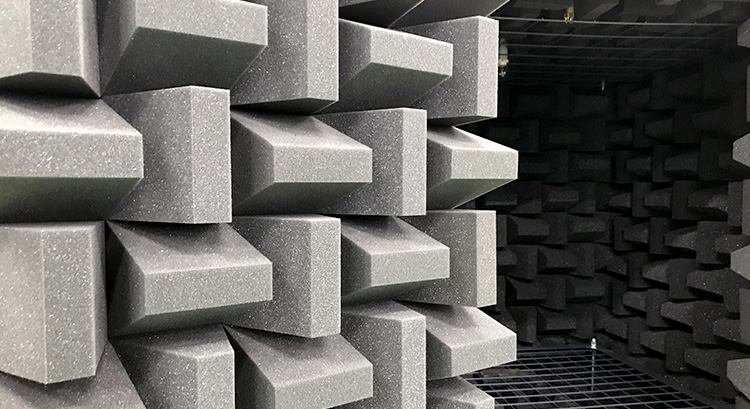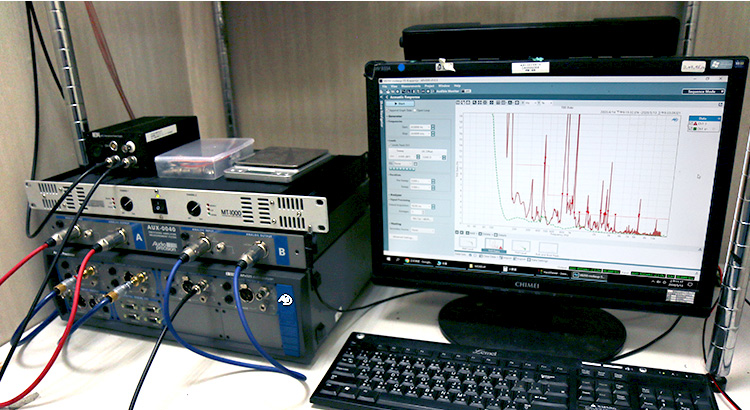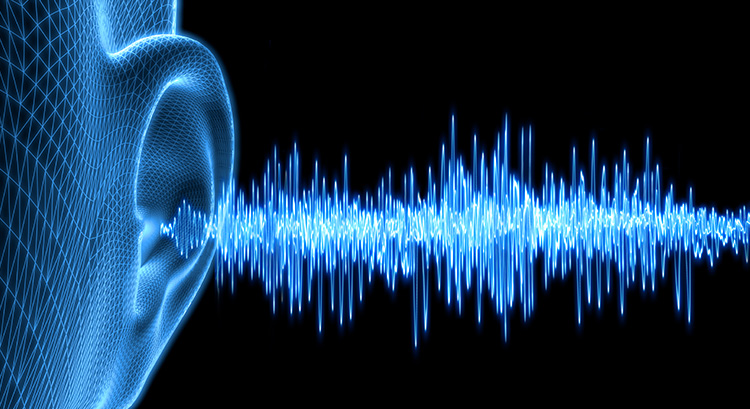In the business world, professionalism is more than just an afterthought—it’s essential to success. That fact remains true even while the world turns to working from home as a solution to various socioeconomic issues.
As Forbes contributor Laurel Farrer puts it, if you “want to be seen as a credible expert in your field, it’s important that you don’t become so distracted by the freedom of remote work that you forego presenting yourself like the professional you are.”
The secret to holding professional video conferences while working from home might surprise you. How you dress and the way you present your information are important, but the true key to maintaining professionalism from your home office is high-quality audio from speakerphones and mics optimized for business communication.
What goes into creating audio equipment that can help you stand out from among your competitors as a professional operator? Continue reading to discover the answer.
A Rigorous Testing Process

Quality audio devices for professional distance collaboration go through a multitude of tests before they hit the market. One of the main players in the testing process is the anechoic chamber.
An anechoic chamber is designed to block noise from outside and absorb sounds made inside, creating a stable acoustic environment in which engineers can produce designated audio for analysis. Sounds are typically deadened by sound-absorbing wedges that cover the ceiling, floor, and all four walls.
Professional anechoic chambers meet international audio engineering standards and feature the latest equipment for analyzing microphones and speakers. The audio analyzer in the control room provides audio signals to the speakers and receives sound signals from the microphone, and the device under testing (DUT) is installed on a linear positioner with a turntable for measurement.
Such a space might deliver an indoor background noise level of around 10.0 dB(A), which is as loud as the sound of a person’s normal breathing. This intense silence makes an anechoic chamber a bad place to spend a lot of time alone, but it’s an ideal environment for accurately testing audio equipment.
Why Go to All That Trouble?
Utilizing an anechoic chamber for testing is the key to developing excellent audio quality for video conferencing. Putting audio devices through their paces in an anechoic chamber requires a significant investment of time and resources, but the end result makes it completely worthwhile.
Audio quality is subjective. That means it’s necessary produce a standard frequency by testing true measurements of a wide range of voices. The noise-reflection-free environment of the anechoic chamber provides the means to do that. Once that standard is determined, device audio pickup and output performance can be measured against it.

Typical microphone input tests can involve playing a frequency sweep from 20 Hz to 20 kHz—the complete human audio spectrum—from a reference speaker while the device spins on a turntable. This gives engineers feedback regarding the device’s ability to pick up sounds from all sides. Engineers use the linear positioner with a turntable to repeat the test at the same distances until they achieve same results each time.

For the speaker output test, engineers can again test from all angles and distances, this time using the device to output sound and a measurement microphone to get a reading.

The input and output test data sets feed to an audio analyzer in the control room, where engineers use measurement software to analyze them against their designated audio. The testers can then discover where abnormal rattling noises are coming from and eliminate them. Engineers can also make necessary adjustments to the audio algorithms or mechanism until the device is ready to provide video conference users with audio that mirrors face-to-face quality as closely as possible.
What’s the End Result?

As a premier video conferencing provider, AVer maintains a high-standard anechoic chamber. Our engineers use the chamber and its testing tools to create speakerphones and all-in-one audiovisual solutions that deliver business-meeting-quality audio whether you’re working from home in your bedroom or at your office.
Special thanks to Alvin Cheng, Ryan Tsai, Josh Wang, and the rest of the AVer audio engineering team for providing detailed information and demonstrations for this article.